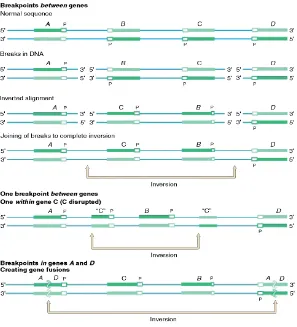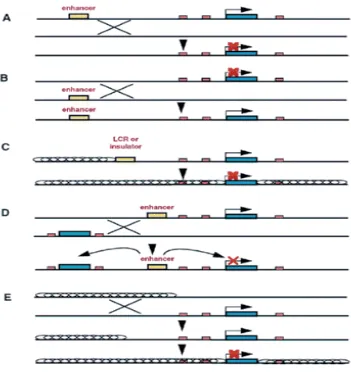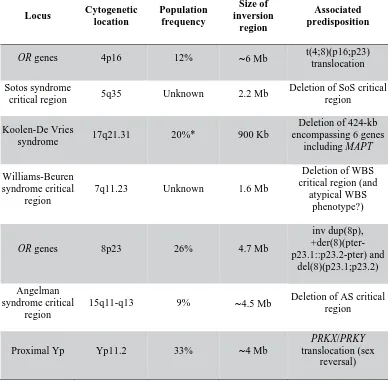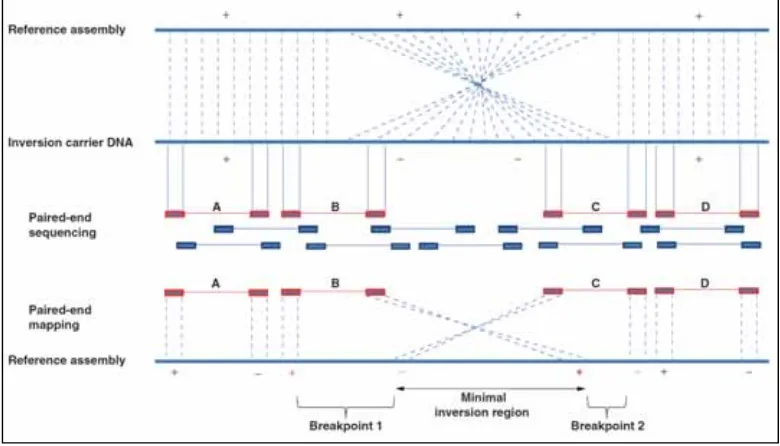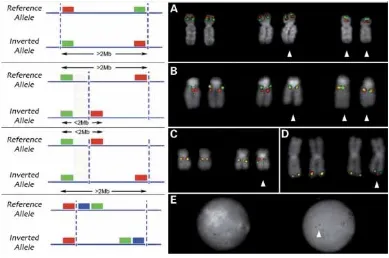Functional impact of polymorphic inversions in the human genome
Texto completo
Figure
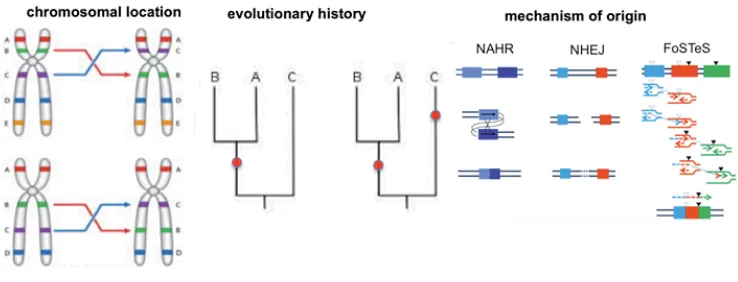
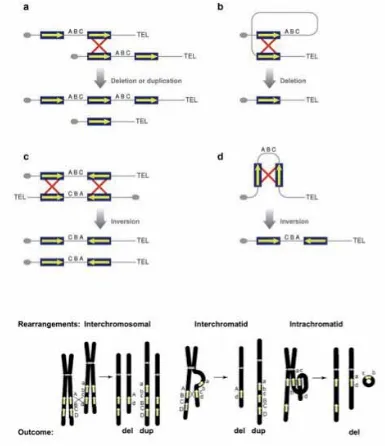

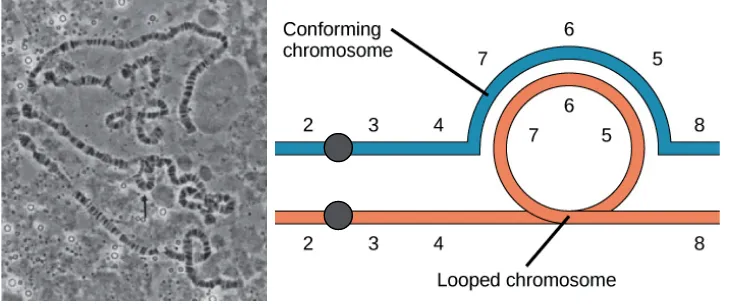
Documento similar
We aimed to identify candidate genes involved in fruit softening rate by integrating quantitative trait loci (QTL) and expression QTL (eQTL) analyses, comparing siblings
The aim of the present work was to identify microbial signatures linked to immunity traits and to characterize the contribution of host‑genome and gut microbiota to
The analysis of the jumping and landing pattern using TJA allowed us to identify that the lower extremity valgus at landing, foot contact timing not equal and landing contact noise
17,18 Contrary to graphene, the band gap in ML-MDS separating the valence and conduction bands is naturally large and due to the absence of inversion symmetry in ML-MDS the
In order to document the efficiency and accuracy of commonly used approaches we have considered two widely used implementations of density functional theory (DFT), namely
We used NMR with two phosphopeptides derived from human Nrf2, 4P-hNrf2 and 2P-hNrf2, to identify residues in the Neh6 domain that are bound to -TrCP.. Human Nrf2 is longer than
Astrand, 2010). The consultation of experts and the review of the bibliography that we have carried out, has allowed us to identify, amongst others, interesting transformations in
Identification and Functional Validation of a 5′ Upstream Regulatory Sequence in the Human Tyrosinase Gene Homologous to the Locus Control Region of the Mouse Tyrosinase Gene,
